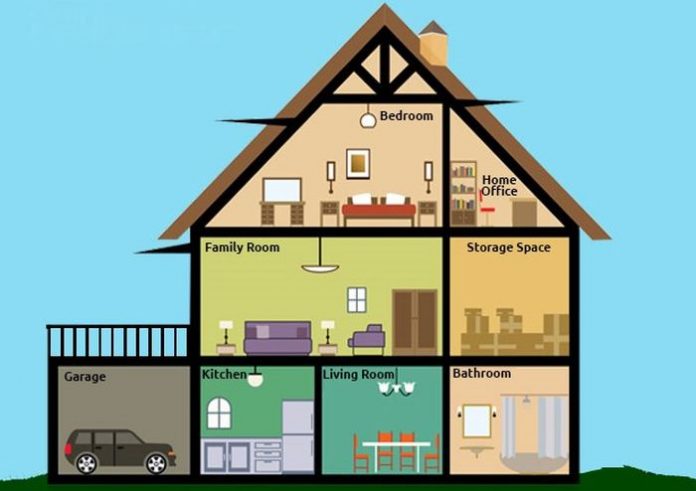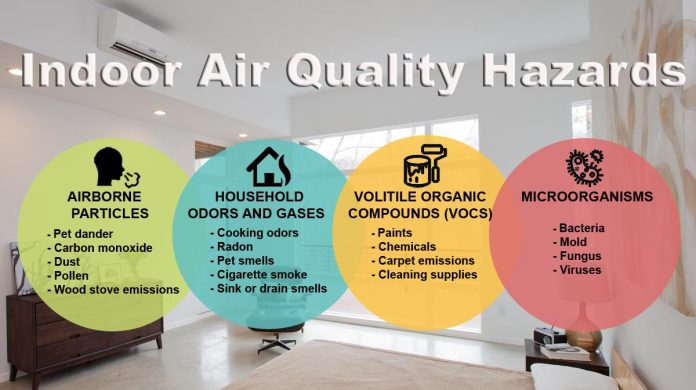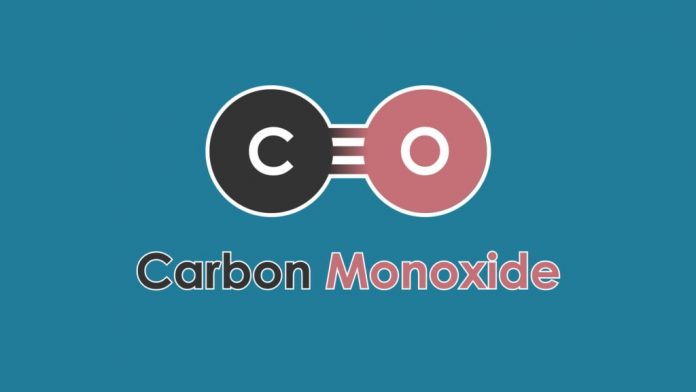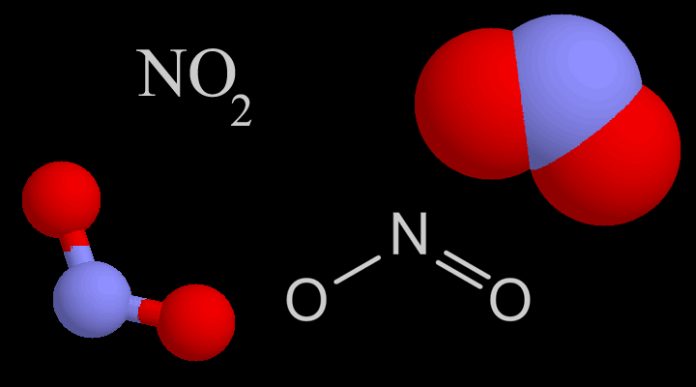Many people associate air pollution with smog and automobile emissions, but indoor air pollution is the most deadly. Indoor pollution is by some particles or gases that pollute the wind indoors. These pollutants can cause respiratory diseases and even cancer.
Removal of air pollution by cleaning service experts can improve indoor air quality, and you can visit and learn more about them here: https://www.carpetbright.uk.com/carpet-cleaning/canterbury/.
Millions of people worldwide prepare food (example: firewood, coal, manure, crop waste) on open fires in traditional ways. These wasteful practices can also cause serious health problems and increase air pollution inside the house. Air pollution caused 4.3 million deaths. This type of pollution is even more dangerous when you consider how the breeze condenses inside. According to the latest data, more than 2 million people die from indoor tainting every year. What can we do? Many people ask themselves these questions every day.
Before you entirely evaluate the impact of indoor ventilation, you need to understand the causes of this pollution and what measures we can take to improve indoor and outdoor air quality.
Cause of Indoor air pollution:

The prime cause of home air pollution is asbestos. Asbestos always found in many materials that are used widely in the automotive and home construction industries. The most popular are varnishes, paints, building materials, ceilings, and tiles. Formaldehyde is a colorless gas with a typical mild odor. Formaldehyde is a permanent adhesive for tapestries and upholstery.
Cigarette smoke is one of the most common indoor wind contaminants. The lingering gas and particles from cigarette smoke can be hazardous to one’s health, especially in rooms with several fabrics or carpets. Vapors like volatile chemical compounds, heavy metals, and other substances linked to lung disease get emitted when someone smokes an e-cigarette.
Another source of indoor pollution is cleaning supplies. Harsh chemicals that emit fumes can irritate your skin, as well as your nose, mouth, and lungs. The gases can induce inflammation, making infection healing more difficult for patients with chronic lung diseases. Other causes, such as allergies, might exacerbate inflammation.
Effects of Indoor Air pollution:

Inside the home, pollution may pose a threat to life. Children and the elderly are more susceptible to indoor pollution:
- Lung cancer, asbestosis, mesothelioma, and malignant tumors can caused by finding asbestos at home.
- Formaldehyde can also cause health problems and is one of the most common indoor breeze pollutants. Throat, eyes, nose, and allergic reactions can irritate. It has identified as a human carcinogen, and in some cases, is caused by cancer.
- Contaminants such as animal hair, dust mites, or other microorganisms can also harm the family. Asthma and sore throat, flu, and some more types of infectious diseases can occur.
- Indoor air pollution can affect patients with chronic lung conditions like asthma or chronic obstructive pulmonary disease to experience flare-ups (COPD).
- Furthermore, unless you use the correct purifier and aromatherapy, it can typically degrade wind quality.
Indoor air hazards

Air purifiers got sold with ozone generators. They purposefully produce ozone gas. Ozone reacts with organic material both within and outside the body at high levels. When ozone is gets inhaled, it can damage the lungs. Side effects are chest pain, coughing, shortness of breath, and throat irritation. It can aggravate chronic lung illnesses like asthma. It can also put you at risk of getting a lung infection.
According to the EPA, there is no evidence that ozone from these devices removes dust, pollen, or toxins from the wind. These gadgets have not been approved as air cleaners by any federal agency. The official number on ozone generator packaging is merely a means of identifying the manufacturing facility.
Sources of air pollution
Live sources
Mold, mildew, cockroaches, and dust mites are examples.
Carbon monoxide

Fuel-burning stoves, heaters, and other equipment emit carbon monoxide (CO) and other pollutants. It can impair coordination, exacerbate heart problems, and produce excessive exhaustion, headaches, disorientation, nausea, and dizziness.
Nitrogen dioxide

It is the result of the burning of natural gas and kerosene. It is odorless and colorless, just like CO. In high quantities, it irritates the mucous membranes of the eyes, nose, and throat, causing shortness of breath.
Sulfur dioxide
This gas gets produced when kerosene burned in a space heater. It irritates the eyes and upper respiratory tract severely.
Easy ways to improve Indoor breeze Quality:
Has your house been tested for asbestos? It gets done before leaving home usually. If you built a house before the asbestos ban, no one is allowed to enter.
Complete your interior design, including kitchen, dining room, and basement. Let fresh wind flow freely and regularly into every corner of the home. If an outside breeze enters the room, pollutants can accumulate and cause health and comfort issues.
Keep the surrounding environment clean. Hire a professional cleaning service to keep it clean and hypoallergenic. Maintain low allergen levels; if you are allergic to dust mites, use bed sheets, pillowcases, and blankets regularly.
Use a vacuum cleaner equipped with a sturdy pen and a high-efficiency particulate filter to protect your home from chemicals and allergens, thereby minimizing asthma and Allergy symptoms.
How to cut down your risk?
Fortunately, there are measures to reduce pollution at home, in your car, and at work. Take these basic steps to get started:
- Avoid indoor smoking
- Craft items must used in well-ventilated environments.
- Check to see if your gas stove ventilated.
- Reduce the amount of clutter in your home.
- If at all possible, remove the carpeting.
- To minimize moisture, use a dehumidifier or an air conditioner.
- To avoid attracting bugs, keep rubbish covered.
- At the door, take off your shoes.
- Have your car’s emissions checked regularly.
- Reduce the amount of room freshener you use.
- Do a radon test in your home.
- Carbon monoxide detectors should get used.
- Repair any water leaks.
- Vacuum frequently to remove dust from surfaces.
- Make sure the exhaust fans in your bathrooms and kitchen are working.
- Scent candles should keep covered.









